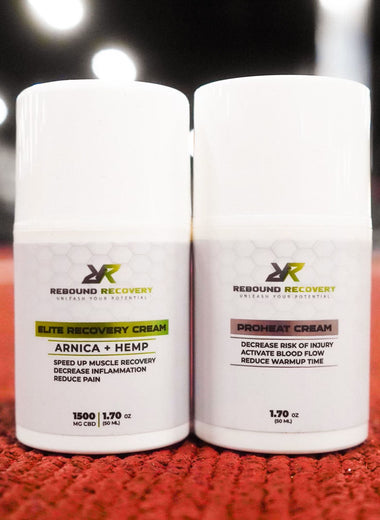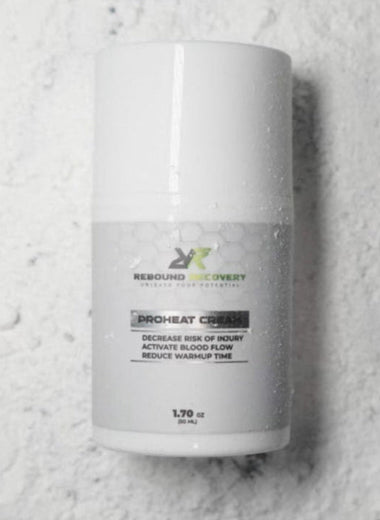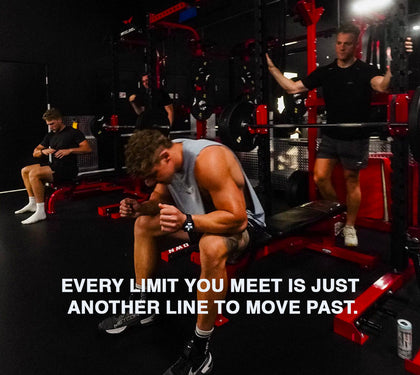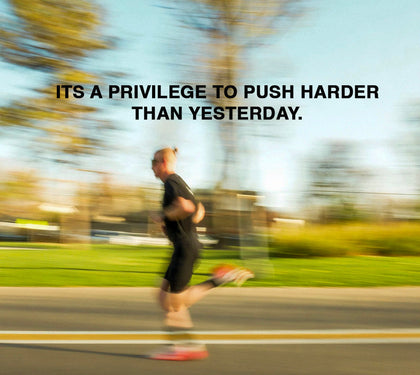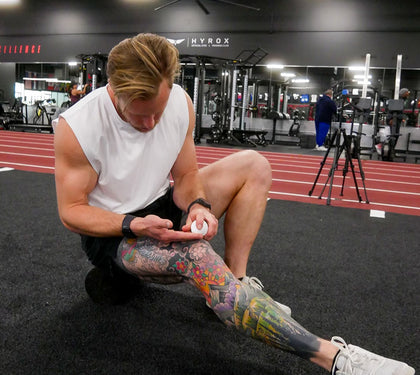You’re doing everything right. You are training consistently, eating well, showing up daily.
But you feel flat. Sore. Drained.
So you wonder: Am I overtraining?
The truth? Most athletes aren’t overtraining. They’re under-recovering.
Overtraining is rare and extreme. But under-recovery is everywhere and it’s what holds back progress, increases injury risk, and leads to chronic fatigue.
Let’s break down the difference and how to fix the real issue.
Overtraining vs. Under-Recovering: Key Differences
Symptom |
Under-Recovering |
Overtraining |
|---|---|---|
| Fatigue | Improves with rest | Deep, chronic |
| Soreness | Common but short-term | Lingering, widespread |
| Sleep |
Light, restless |
Insomnia or irregular sleep |
| Performance | Plateaus | Declines sharply |
| Mood | Irritable or unmotivated | Depressed, anxious |
| Solution | More recovery | Long-term rest + medical support |
Most athletes in a consistent training cycle are under-recovering by pushing hard without enough restoration.
The Real Problem: Not Recovering Proactively
Recovery isn’t just what you do when you’re tired. It’s what keeps you adaptable, injury-resistant, and performing.
If you're stacking sessions and skipping:
-
Mobility
-
Soft tissue work
-
Sleep prioritization
-
Nutrient timing
-
Natural inflammation support
Then you’re not overtraining—you’re digging a hole your body can’t fill.
How to Fix Under-Recovery (Without Stopping Training)
1. Build a Daily Recovery Routine
Every session should end with:
-
5–10 minutes of mobility
-
Hydration + protein
-
Natural cream application to tight or inflamed areas
-
Light walk or cooldown movement
2. Use Rebound Recovery Daily
Our natural pain relief formula reduces muscle tension, soreness, and inflammation without synthetic ingredients, perfect for high-volume athletes.
Apply post-training and at night to:
-
Quads, glutes, shoulders
-
Knees, lower back
-
Any high-impact zone
3. Track Sleep Like a Training Variable
If sleep is inconsistent, nothing else matters. Shoot for 7–9 hours with pre-bed mobility + cream use to calm the nervous system.
4. Lower Intensity, Not Frequency
You don’t need to stop training. Just scale intensity and increase restoration:
-
Low-intensity runs
-
Zone 2 cardio
-
Bodyweight circuits
-
Recovery rides or hikes
The Mindset Shift: Recovery = Progress
Most athletes treat recovery like a reaction.
Pros treat it like preparation.
That’s who Rebound Recovery was built for, athletes who want to feel better doing hard things every single day.
Don’t let under-recovery stall your gains.
